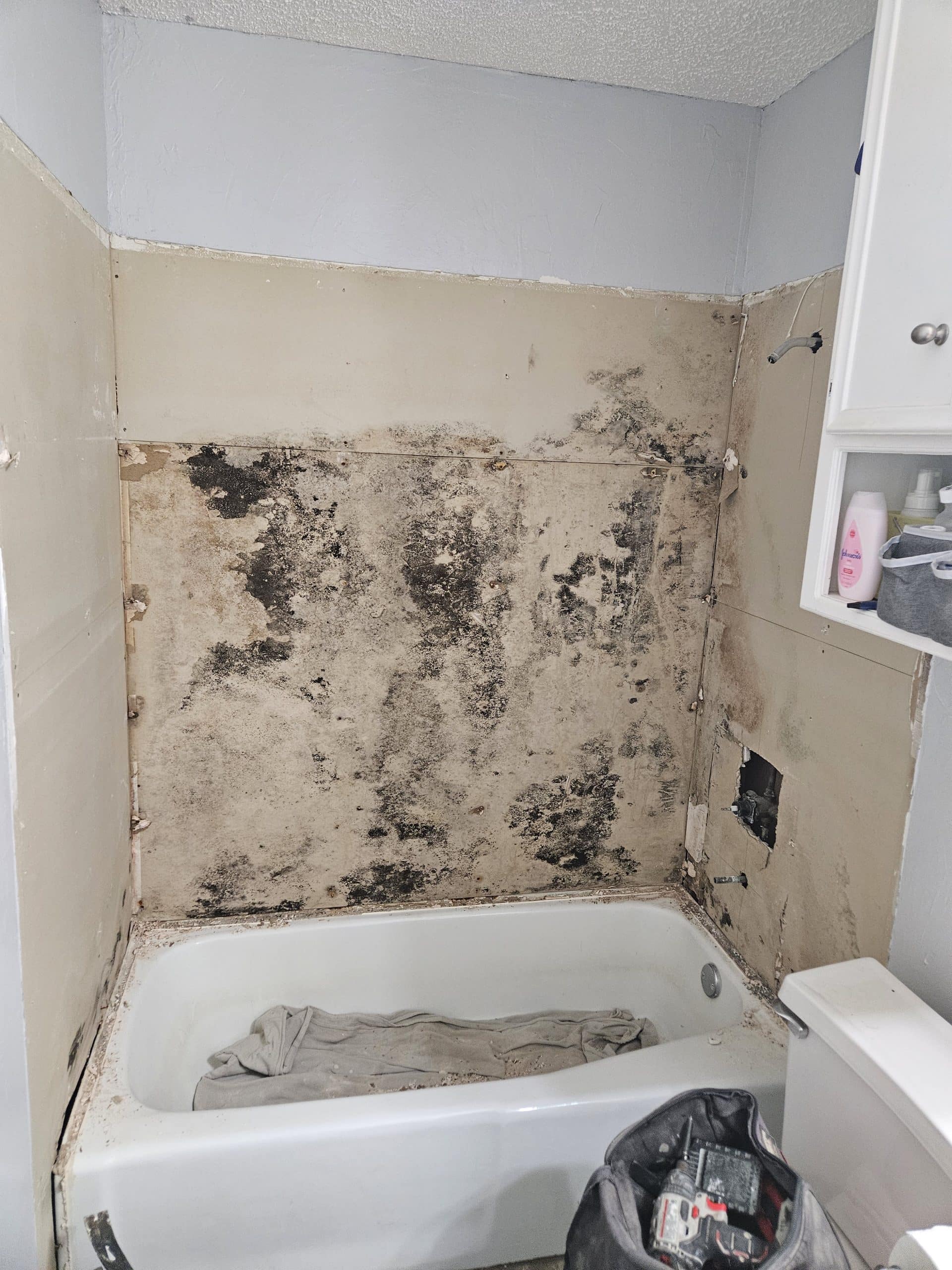
How to Spot Mold in Your Bathroom, Especially Behind the Tile
Bathrooms, with their constant moisture and warm temperatures, are prime breeding grounds for mold. While visible mold on surfaces is easy to spot, mold hidden behind tiles can be more challenging to detect and more damaging to your home and health. Here’s a guide on how to spot mold in your bathroom, particularly behind the tiles.
Why Mold Grows in Bathrooms
Mold thrives in damp, humid environments, making bathrooms a common target. Showers, bathtubs, and sinks provide the perfect conditions for mold to grow, especially if ventilation is inadequate. Mold can quickly spread behind tiles where moisture accumulates and goes unnoticed.
Signs of Mold Behind Bathroom Tiles
1. Musty Odor
One of the first signs of hidden mold is a persistent musty odor. If your bathroom has an earthy, damp smell that lingers even after cleaning, it’s a strong indicator that mold is present somewhere, potentially behind the tiles.
2. Discolored Grout or Caulk
Mold can discolor grout and caulk, turning them black, green, or brown. If you notice these changes, it’s a sign that mold might be growing underneath or behind the tiles.
3. Loose or Bulging Tiles
Tiles that are loose or bulging could be a sign of water damage behind them, which often accompanies mold growth. If the adhesive holding the tiles weakens due to moisture and mold, the tiles may start to detach from the wall.
4. Peeling Paint or Wallpaper
If the paint or wallpaper near tiled areas is peeling or bubbling, it could indicate moisture buildup behind the tiles, leading to mold growth.
5. Visible Mold on Walls or Ceiling
Sometimes, mold behind tiles can spread to adjacent walls or ceilings. If you see mold growing on surfaces near the tiled area, there’s a good chance it’s also behind the tiles.
How to Check for Mold Behind Tiles
1. Use a Flashlight
Inspect the grout lines with a flashlight. Look for discoloration or any signs of moisture. Pay close attention to areas around the shower, tub, and sink.
2. Tap on the Tiles
Gently tap on the tiles and listen for hollow sounds. Hollow sounds can indicate that the adhesive has weakened due to moisture, possibly caused by mold.
3. Check for Moisture
Use a moisture meter to detect any dampness behind the tiles. High moisture levels are a strong indicator of potential mold growth.
Dealing with Mold Behind Tiles
If you suspect mold behind your tiles, it’s essential to address the issue promptly to prevent further damage and health risks.
1. Consult a Professional
Hiring a professional mold remediation specialist is often the best course of action. They can safely remove mold and repair the affected areas to prevent future growth.
2. Improve Ventilation
Ensure your bathroom is well-ventilated to reduce humidity levels. Use exhaust fans, open windows, and consider a dehumidifier if necessary.
3. Regular Cleaning
Regularly clean your bathroom with mold-killing products. Pay special attention to grout and caulk, and replace them if they show signs of mold.
Conclusion
Spotting mold behind bathroom tiles requires keen observation and regular maintenance. By staying alert to the signs and addressing any issues promptly, you can keep your bathroom mold-free and ensure a healthier living environment. If in doubt, always consult a professional to handle mold safely and effectively.
Get your FREE estimate today and we can help remodel your bathroom to make sure that you are mold free!
